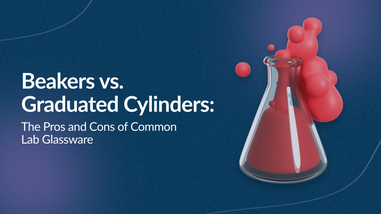- No products in the cart.
Laboratory vacuum ovens play an essential role in laboratories. These ovens provide even heating throughout the unit and are used for sterilizing, polyimide baking, drying, die-bond curing, and annealing.
What are laboratory vacuum ovens used for?
Vacuum ovens are ideal for the removal of trapped solvents, water, gas, and other volatile contaminants from a product that is temperature-sensitive. Lab vacuum ovens are also used for samples that aren’t easy to dry such as powder or granular samples.
These ovens come with some high precision functions. Some of these functions include fixed temperature, auto start, auto stop, quick auto stop, and programs for enhanced performance. The temperature of these multi-purpose ovens usually range from 40℃ to around 240℃.
How does vacuum drying work?
The vacuum chamber is the key component of the vacuum oven. The chamber’s function is to reduce pressure. This in turn reduces the boiling point of substances and enables liquids to evaporate at lower temperatures. This minimizes the loss of compounds.
What is the difference between a hot air oven and vacuum oven?
The main difference between a hot air oven and vacuum oven is the method used for the drying process. A vacuum oven uses vacuum pumping to remove air during heating procedures and the hot air oven heats samples by using natural or forced circulation of hot air. Convection ovens blast air using the air circulation cycle to dry the product. Hot air ovens are used for general applications while vacuum ovens are used for outgassing, desiccating, the determination of moisture, and drying.
What are the Advantages of a Laboratory Vacuum Oven?
There are several key advantages to using a laboratory vacuum oven. Lab vacuum ovens are ideal for drying temperature-sensitive substances since the boiling point is lowered. The lab vacuum oven is also ideal for drying substances that aren’t easy to dry such as powder or granular substances. Vacuum drying also shortens drying time, the possibility of the thermal explosion of oxides is eliminated, and powder samples will not be blown around by flowing air.













































Thanks for the informative blog I found your blog and https://pass-systemsupply.com/ very Informative keep posting
have can I make a overheating test on temperature on a vacuum Oven, is it possible ?